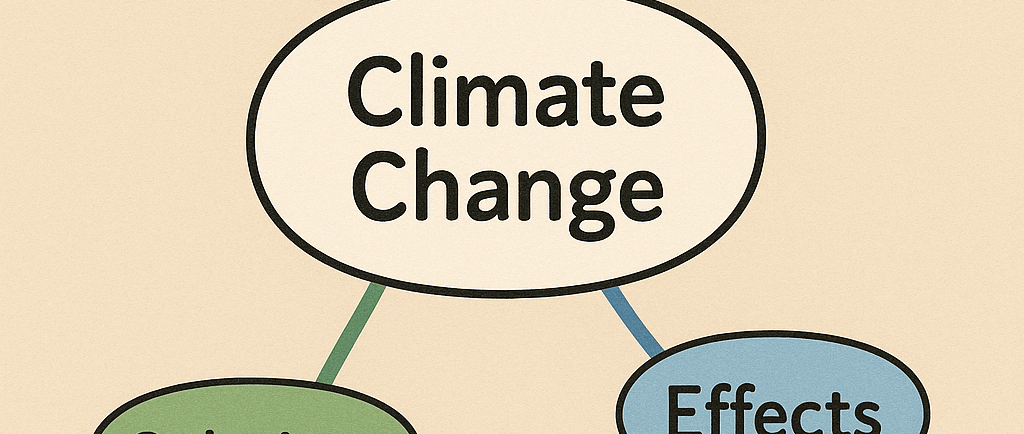How to Use AI to Generate Mind Maps for Students


In today’s fast-paced academic world, organizing your thoughts and study materials efficiently is crucial. One of the best ways to visualize information and make studying more effective is through mind maps.
Thanks to artificial intelligence (AI), creating them has become faster, smarter, and more accessible than ever. Here’s how students can harness AI to generate powerful mind maps.
What Is a Mind Map?
A mind map is a visual representation of concepts, ideas, or tasks that radiate from a central idea. It helps in:
Simplifying complex topics
Boosting memory and retention
Enhancing creativity and brainstorming
Organizing essays or projects
Why Use AI for Mind Mapping?
AI tools save time and boost productivity by helping you:
Automatically organize your notes
Identify key topics from large texts
Suggest subtopics or related ideas
Create visual diagrams without manual drawing
Step-by-Step: Using AI to Generate Mind Maps
1. Choose the Right AI Tool
Several platforms use AI to generate mind maps. Here are a few to consider:
MindMeister (with AI assist)
XMind
Whimsical
Notion AI + Excalidraw (for visuals)
ChatGPT (like you’re doing now!)
2. Input Your Topic or Content
You can input:
A subject (e.g., “Photosynthesis”)
A question (e.g., “What are the causes of World War I?”)
A block of text or lecture notes
The AI will analyze the information and generate key concepts with subtopics branching out.
3. Customise the Mind Map
Most tools let you:
Rearrange nodes
Add images, icons, or colors
Expand or simplify branches
Convert mind maps into outlines or summaries
4. Use It for Studying or Presentation
Print it or keep it digital
Use it to study or revise faster
Share it with classmates for group projects
How to Generate a Mind Map with ChatGPT
Here’s a simple way:
Step 1: Ask ChatGPT:
“Create a mind map on the topic: Climate Change.”
Step 2: ChatGPT replies with a list like:
Climate Change
Causes
Greenhouse gases
Deforestation
Effects
Rising sea levels
Extreme weather
Solutions
Renewable energy
Reforestation
Step 3: Copy this into a free visual tool like MindMup, Canva, or Miro to build a graphical version
Final Tips
Always double-check AI suggestions for accuracy
Combine with your own notes and creativity
Use AI as a starting point, not a final product
Conclusion
Using AI to generate mind maps transforms how students learn and organize knowledge. Whether you’re preparing for an exam, planning a project, or just trying to make sense of a dense topic, AI can help you study smarter—not hardest
